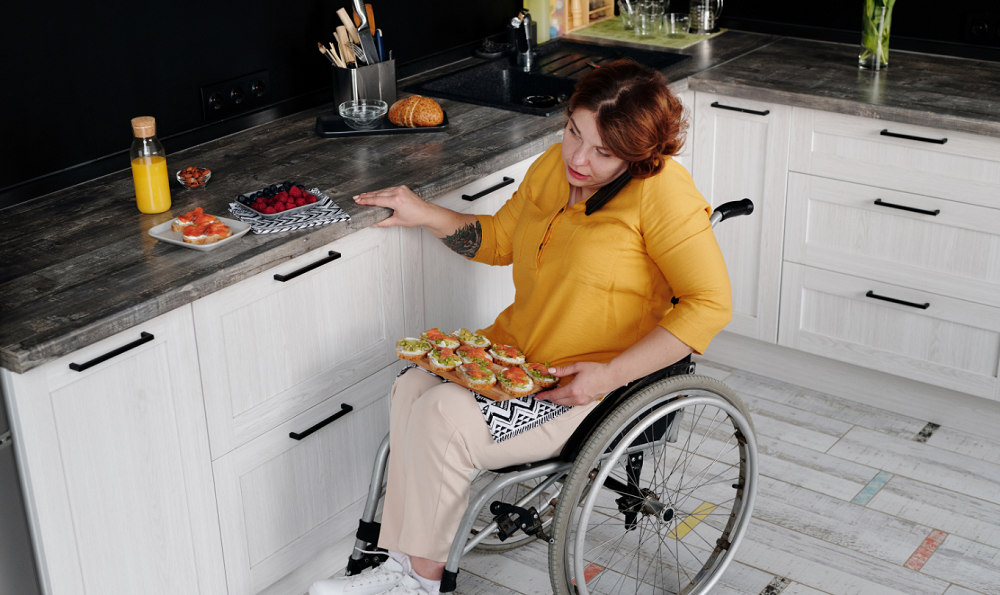How to Make a Home Wheelchair Accessible

How to Make a Home Wheelchair Accessible
Perhaps you or a loved one has recently begun using a wheelchair in the home. Such a change brings with it some necessary steps to ensure your home is both convenient and safe for navigating with a wheelchair. In this article, we will explore five key areas to consider when making your home wheelchair accessible.
Ramps and Entrance Modifications
The first step in making a home wheelchair accessible is addressing the entry points. A ramp is essential for making entrances accessible to wheelchairs. Ramps should have a gentle slope, non-slip surfaces, and handrails for added stability. Doorways may need to be widened to accommodate wheelchair widths, ideally a minimum of 32 inches. Additionally, you may want to consider changing to lever-style door handles, which are easier to operate than traditional knobs.
Multi-Level Homes
If your home has multiple levels, such as an upstairs or basement, those areas may become inaccessible when a wheelchair is required for mobility. An option could be to install a stairlift or vertical platform lift to enable wheelchair users to access all parts of the house.
Flooring and Surfaces
Smooth and even flooring permits easier wheelchair use. You will want to ensure the flooring throughout the home is free of obstacles, level, and easy to maneuver on. Hardwood, laminate, or vinyl flooring are good choices, as they reduce rolling resistance. If you have carpet, it should be low-pile. Transitions between different flooring types should be as smooth as possible to prevent tripping hazards.
Kitchen and Bathroom Accessibility
The kitchen and bathroom are two areas where attention to accessibility is key if you want to make the home wheelchair accessible. Lowering countertops and sinks allows wheelchair users to comfortably prepare meals and maintain personal hygiene. Grab bars in the bathroom assist with transferring to and from the toilet and shower. A toilet incline lift can also assist with rising and lowering from the commode. Barrier-free showers with accessible seating are a great addition. Additionally, there are features like motion-activated faucets (the kind you might find in public facilities) that further enhance accessibility.
Bedroom and Living Spaces
In the bedroom and other living areas, you will want to make sure there is sufficient floor space to allow for easy maneuverability of wheelchairs. Position furniture to keep the room as open as possible. Lower light switches, electrical outlets, and shelves to make them accessible from a seated position.
Safety and Accessibility Features
Ensure that your home is equipped with safety features such as smoke detectors, carbon monoxide detectors, and fire extinguishers at a height accessible from a wheelchair. You could consider installing a “smart” system that allows you to control lights, temperature, and security features with voice commands or a smartphone app.
Conclusion
Making a home wheelchair accessible is a necessary consideration when you begin to use a mobility device. Wheelchair accessibility promotes accessibility and inclusivity for individuals with mobility challenges. By addressing entry points, flooring, varied levels, kitchen and bathroom accessibility, bedroom and living spaces, and safety features, you can transform your home into a welcoming and accommodating environment. Making these modifications not only enhances the quality of life for those with mobility challenges but also makes daily living more convenient and enjoyable for everyone in the household.
To learn more about modifications you can do to make your home wheelchair accessible, contact us today.
